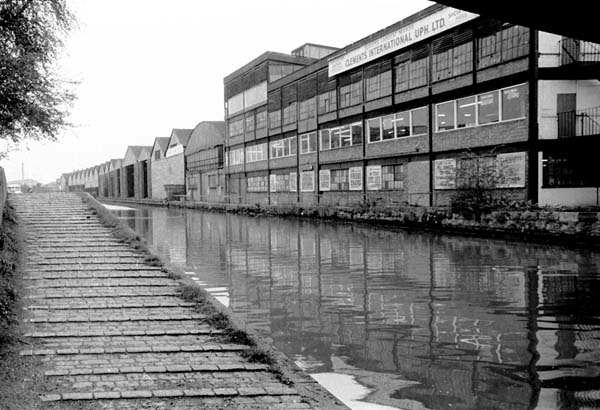
34m41: Lee Navigation, 1984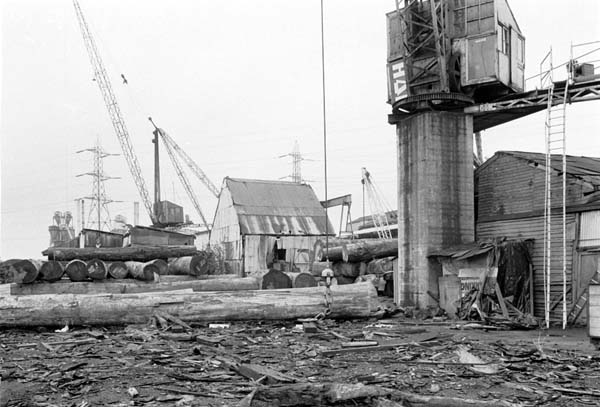
34m52: Lee Navigation
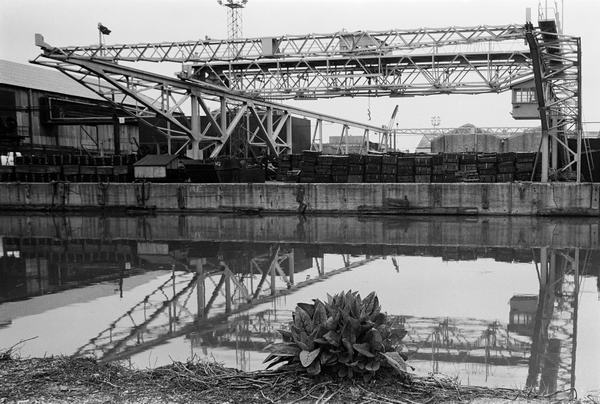
34n-55:
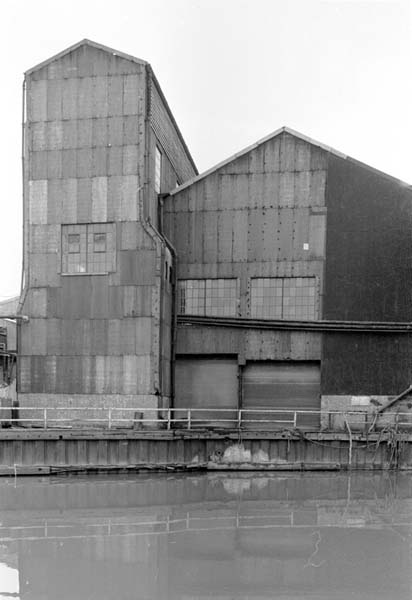
34n42: Lee Navigation
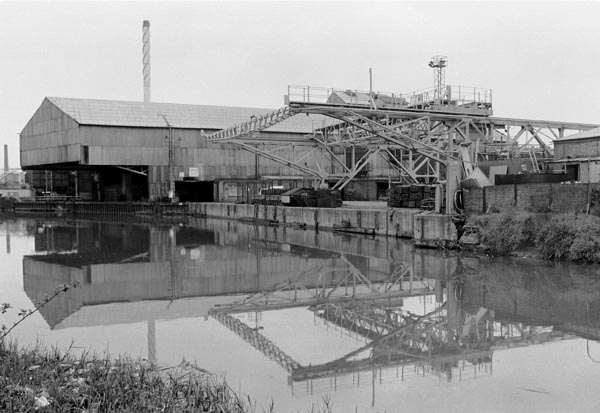
34n53: Lee Navigation, 1984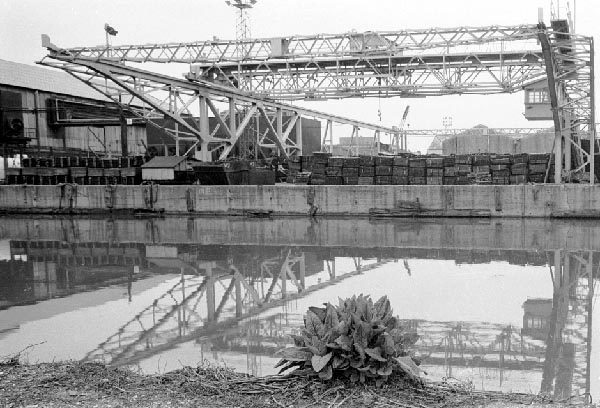
34n55: Lee Navigation, 1984
I was born and grew up in Middlesex. The River Lee (or Lea) was historically the eastern boundary of that country, a border that in early times gave protection from the East Saxons of Essex on the opposite bank, just as the Thames kept us relatively free from the inhabitants of Surrey. Of course inside the county there was one small independent walled city, the square mile or so of London itself.
The Lee is still a significant barrier, even when Middlesex has been gone for forty years (previously it had lost much of its area to a new and large London sprawling far outside of the original walls.) The River Lea still serves as a border for the new London boroughs on each side, and there are still relatively few routes across it, both the Lee Navigation and the River Lea making a significant barrier.
The river and its valley had large areas of marsh, some still open land. The main routes from London to the north go along its western edge, and along with them, the New River which brought clean water (including some from the upper Lee) into London from the early seventeenth century.
This relatively empty area to the east of the city attracted industries as soon as these began to be set up outside of the city centre. Some came because of the noxious odours they produced, moving to an area where there were few to object - and those few were poor and easily ignored.
Others, such as the timber trade - needed plenty of space and the cheap water transport to bring in large trunks from the docks and take out the cut planks and beams. Surrey Docks, the centre of London's timber trade, had its entrances just across the Thames from the mouth of the Lee, Leamouth, where Bow Creek meets the Thames.
The large relatively empty spaces made the Lee Valley a suitable place for explosive manufacture, with the country's main gunpowder works close to the Lea at Waltham Abbey. A couple of miles to the south was the Enfield Royal Small Arms Factory where Lee-Enfield rifles were made. (They were made on the edge of Enfield, but the Lee in the name came from James Paris Lee, an American gun-smith whose invented a key element in their design rather than from the river. This site has recently been re-developed for housing as' Enfield Island Village'.)
More recent industrial expansion took place largely around the main roads to the north, the A10 Great Cambridge Road and the A1010.
1990s (to follow)
2000+ colour
All photographs on this site are
© 1980-2010 Peter Marshall.
Pictures are available for commercial use - please email me, for terms.
Permission is normally granted for suitable non-commercial use without cost - please email the above address. I also welcome comments and questions about the work.

34m41: Lee Navigation, 1984
34m52: Lee Navigation

34n-55:

34n42: Lee Navigation

34n53: Lee Navigation, 1984
34n55: Lee Navigation, 1984
All pictures © 1970-2005, Peter Marshall.
Contact Peter Marshall
for permission for use, high res files and fees.